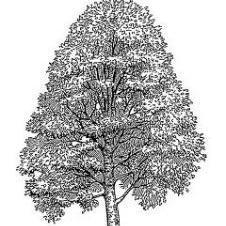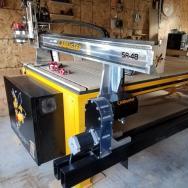General Woodworking Talk
9,311 topics in this forum
-
- 17 replies
- 4.1k views
-
- 96 replies
- 18.3k views
-
- 14 replies
- 1.9k views
-
- 1.6k replies
- 526.4k views
-
- 5 replies
- 413 views
-
- 0 replies
- 130 views
-
- 12 replies
- 451 views
-
- 16 replies
- 601 views
-
- 16 replies
- 1.2k views
-
- 3 replies
- 353 views
-
- 11 replies
- 485 views
-
- 9 replies
- 647 views
-
- 2 replies
- 468 views
-
- 0 replies
- 359 views
-
- 23 replies
- 2.9k views
-
- 15 replies
- 724 views
-
- 11 replies
- 563 views
-
- 12 replies
- 497 views
-
- 11 replies
- 751 views
-
- 1 reply
- 429 views
-
- 1 reply
- 244 views
-
- 2 replies
- 2.3k views
-
- 12 replies
- 1k views
-
- 13 replies
- 834 views
-
- 7 replies
- 572 views
-
Who's Online 3 Members, 0 Anonymous, 130 Guests (See full list)
-
Forum Statistics
31.3k
Total Topics423k
Total Posts -
Member Statistics










